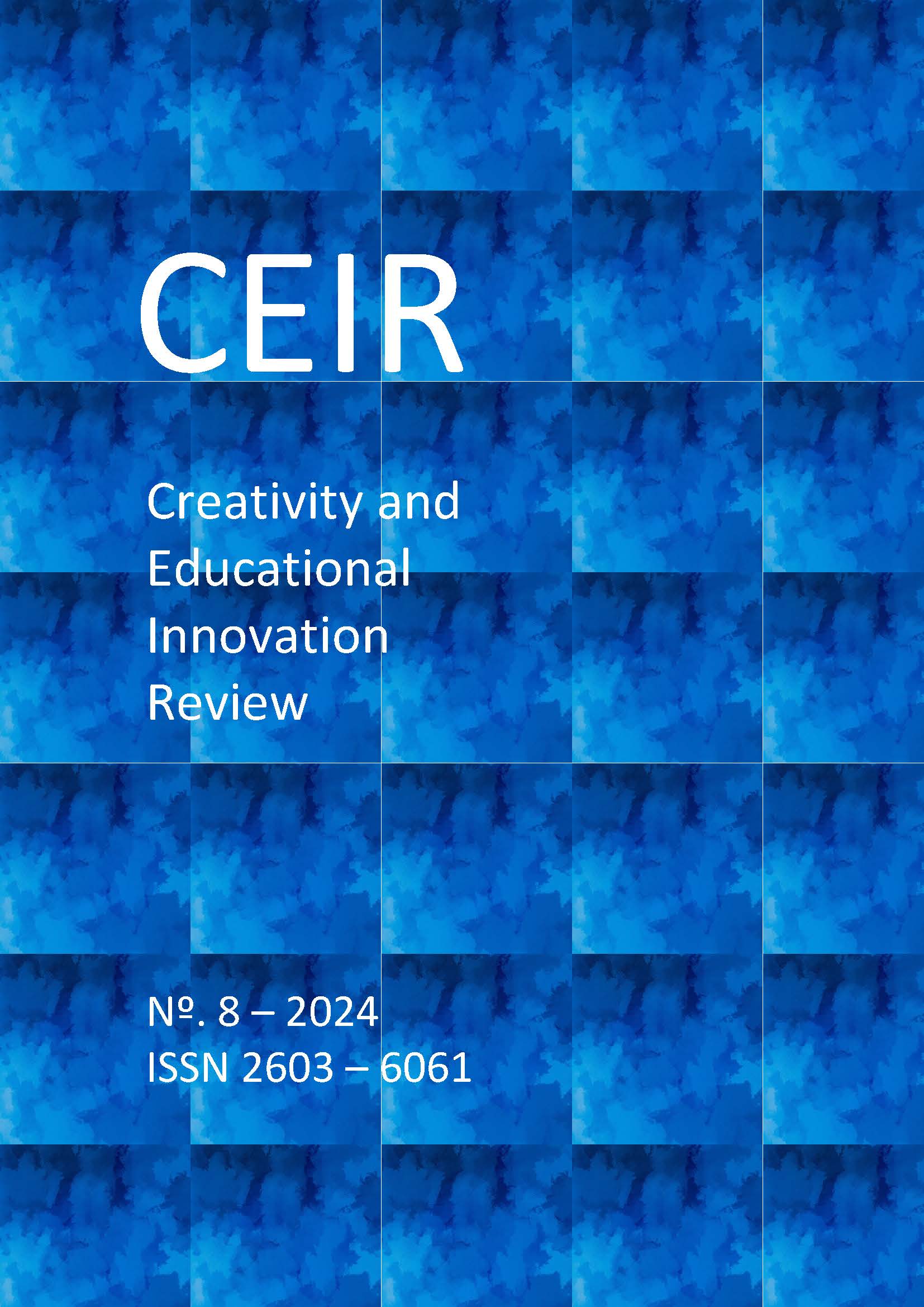STEAM Education: The Claim for Socially Innovative Practices
DOI:
https://doi.org/10.7203/CREATIVITY.8.29743 Abstract
Abstract
This paper examines the potential of STEAM (Science, Technology, Engineering, Arts, Mathematics) education as a socially innovative approach to making STEM education more inclusive and creativity-driven. Traditional STEM (Science, Technology, Engineering, Mathematics) education is essential for global innovation but often reinforces societal inequities. The EU-funded Road-STEAMer project aims to integrate creative approaches into STEM, fostering a skill set that combines technical and creative capabilities. This study investigates STEAM’s potential to address the skill gaps and inclusivity issues in STEM education, aiming to guide educational policies toward a more diverse and capable workforce. Employing a four-step framework for transformative social innovation the study assesses current STEM limitations and presents findings from the DO IT programme, a European initiative for youth social innovation through hands-on learning. Creativity and self-efficacy changes in students were measured via pre-and post-tests. Findings show that DO IT participants, especially older students and females in structured settings, significantly improved creativity and self-efficacy. These gains highlight STEAM’s capacity to develop both technical and creative skills, making education more inclusive. Our results show that STEAM education holds promise for addressing educational gaps and workforce needs. Recommendations emphasise policy support for STEAM integration, educator training, and inclusive frameworks to prepare students for future societal challenges.
 Downloads
Downloads
Downloads
Pubblicato
Come citare
-
Abstract9
-
PDF (Español)14
Fascicolo
Sezione
Licenza

Este obra está bajo una licencia de Creative Commons Reconocimiento-NoComercial-SinObraDerivada 4.0 Internacional.



